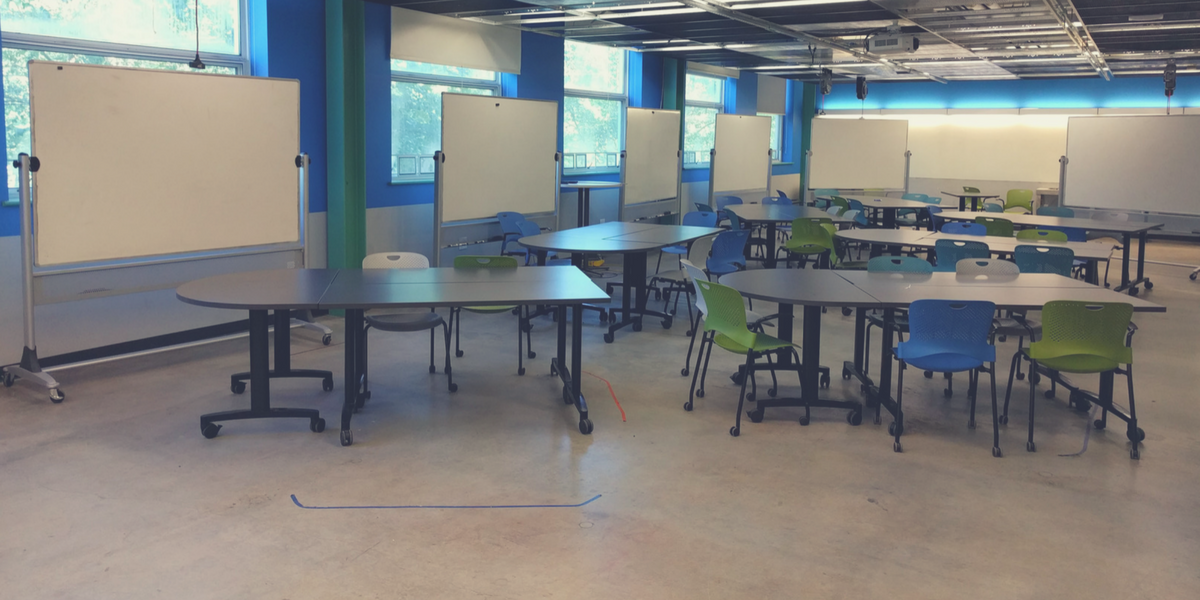Which Classroom Response System Is Best For My Class?

According to Vanderbilt University’s Center for Teaching, Classroom Response Systems (CRS) are a series of tools used by instructors to facilitate teaching by actively collecting and analyzing student responses in real-time. A common form of CRS technology are in-class “clicker” systems. For example, an instructor may pose a question to the class and each student may respond using a clicker (handheld transmitter), a computer, or a mobile device. These responses are sent to the instructor’s computer that uses software to collect and summarize the student data.
For further insight into this technology, watch Dr. Russell James III from the University of Georgia summarizing the main aspects of using clicker technology in the following video. Advantages of using clickers are that everyone participates, information and feedback can be gathered quickly, and this information can be used to gauge student understanding and performance in real time.
PhysPort describes ways in which clicker technology can be integrated in teaching physics in not only introductory courses, but also to facilitate student learning in classes involving more complex concepts. The use of this technology relies heavily on the Socratic approach to teaching, which centers on thoughtful questioning. Vanderbilt University’s Center for Teaching details different types of questions that may be asked using a classroom response system, including:
- Recall questions
- Conceptual understanding questions
- Application questions
- Critical thinking questions
- Student perspective questions
- Confidence level questions
- Monitoring questions
- Classroom experiments.
Not only are question types a consideration, but instructors should also consider the content of their questions. Instructors could create their own questions, based on the sequence of their lecture or coverage of material, but there are a variety of resources available for accessing pre-built content. Check out PhysPort’s recommendations on where to find good clicker questions for teaching Physics for more on this.
The number of different options for CRS tools can be overwhelming, so we put together a breakdown to compare some of the most common technologies utilized. We looked at specific considerations that we know from discussions with instructors are important when it comes to adopting new software for a class. The categories include LMS-Integration, Cost, and Integration with other tools, such as PowerPoint, to name a few. Download the full comparison below, which includes links over to each provider.



